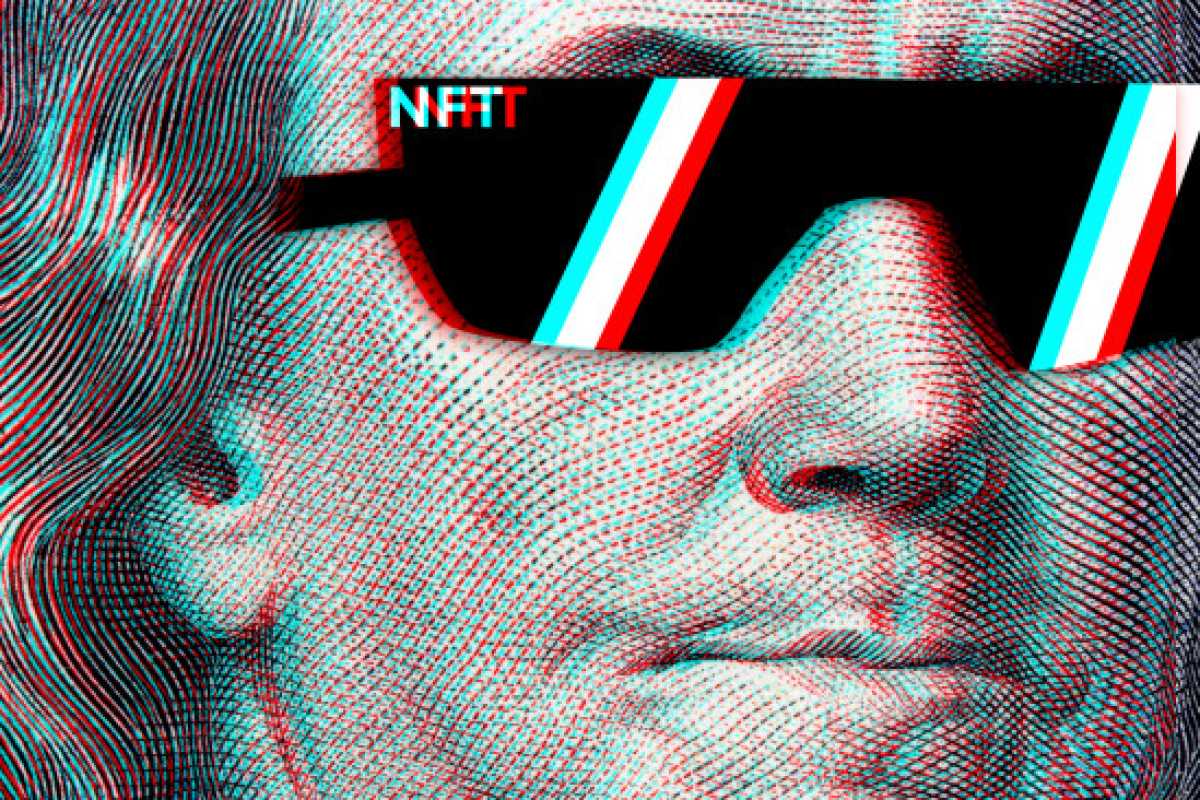Features
The Rise Of NFTs: A Complete Overview

Non-Fungible Tokens (NFTs) have recently become a hot topic in the world of art, collectibles, and digital assets. With headlines of multimillion-dollar sales and prominent artists jumping on the bandwagon, it’s no wonder that NFTs have garnered so much attention. In this article, we will explore the concept of NFTs, their rise to prominence, the technology behind them, and their potential implications for various industries.
What are NFTs?
NFTs are unique digital assets that use blockchain technology to verify their authenticity, ownership, and scarcity. Unlike cryptocurrencies like Bitcoin or Ethereum, which are fungible and can be exchanged on a one-to-one basis, NFTs are indivisible and cannot be exchanged on a like-for-like basis. Each NFT holds distinct characteristics that make it one-of-a-kind, making it possible to establish true ownership of digital items.
One of the key features of NFTs is that they are stored on a blockchain, a decentralized and immutable ledger. This ensures that the ownership and transaction history of the NFT can be easily traced, providing transparency and reducing the risk of fraud or forgery.
The Rise of NFTs
NFTs gained significant attention when the digital artist Beeple sold an NFT artwork for a staggering $69 million at a Christie’s auction. This marked a pivotal moment, propelling NFTs into the mainstream and capturing the interest of artists, collectors, and investors alike.
Since then, NFTs have seen explosive growth across various sectors, including art, music, sports, gaming, and even virtual real estate. Prominent celebrities, such as musicians Kings of Leon and Grimes, have released NFT albums and artwork, allowing fans to own exclusive digital content. NBA Top Shot, a platform where users can buy and trade officially licensed NBA highlights as NFTs, has seen millions of dollars in transactions.
The underlying reasons for the rise of NFTs are manifold. For artists, NFTs provide a new way to monetize and authenticate their digital creations, breaking free from traditional gatekeepers. Collectors are drawn to the unique ownership experience and the potential for value appreciation. Moreover, the digital native generation finds NFTs appealing due to their inherent digital nature and ability to represent cultural significance.
The Technology Behind NFTs
NFTs are typically built on blockchain networks that support smart contracts, such as Ethereum. Smart contracts are self-executing contracts with predefined conditions, enabling automatic authentication, ownership transfer, and royalty fees for creators. Ethereum’s ERC-721 and ERC-1155 standards have become popular for creating NFTs, providing a foundation for developers to build decentralized applications (DApps) and marketplaces.
These blockchain networks use cryptographic hash functions to create unique tokens, making it virtually impossible to counterfeit or duplicate NFTs. Proof-of-ownership and historical transaction data are stored on the blockchain, ensuring transparency and authenticity.
Implications for Various Industries
The rise of NFTs has significant implications for various industries. In the art world, NFTs offer new possibilities for creators to earn revenue, receive royalties, and maintain ownership control. Traditional art markets face challenges in verifying authenticity and provenance, which NFTs can help solve. Museums and galleries can also utilize NFTs to digitize and distribute their collections to a broader audience.
In the music industry, NFTs allow artists to sell unique digital albums, concert tickets, or merchandise directly to fans, cutting out intermediaries. NFTs also provide an avenue for artists to receive ongoing royalties every time their music is resold, ensuring they continue to benefit from their creations.
Gaming and virtual real estate are other industries where NFTs are making their mark. Players can purchase and trade in-game items as NFTs, giving them true ownership and the ability to retain or sell their virtual assets. Virtual worlds and metaverses, such as Decentraland and Cryptovoxels, leverage NFTs to allow users to buy, sell, and build on virtual land.
Conclusion
The rise of NFTs has sparked a digital revolution, enabling the tokenization and ownership of digital assets in a way that was previously impossible. With the potential to revolutionize art, music, gaming, and more, NFTs offer exciting opportunities for creators, collectors, and enthusiasts. However, while the hype is undeniable, it remains to be seen how NFTs will evolve and integrate with existing industries in the long term.










